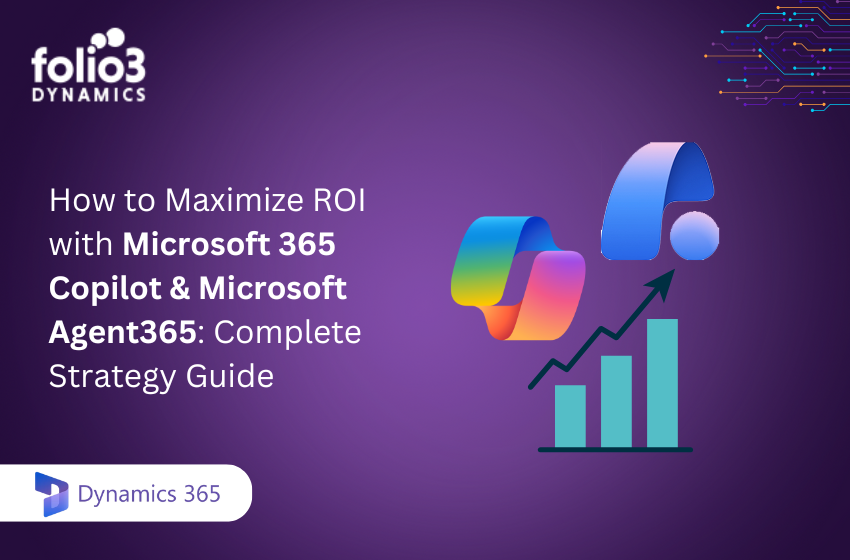Did you know that one of every three small businesses overspend their budgets in the previous monetary year? That’s a large number of startups that could encounter income problems. You need to know how to choose the best business budgeting method for you and your organization, whether you’re a startup CEO or restructuring your existing business empire spending methods.
In this article, I will go over the most frequently used company budgeting for helping you boost revenue, as well as the pros and cons of each.
What is a Budgeting Process?
The budgeting process refers to the steps that organizations take to prepare and implement budgets for a particular period of time. For example, a clothing line company may go through the budgeting process to determine how much money they want to dedicate to produce a new collection for the coming year based on anticipated purchases. Similarly, other businesses may also use budgeting to support predicted production and non-expenses for the next season. Companies typically look at previous budgets to see how well they worked out to get more precise budgeting insights. Budgeting is also done by senior executives and managers who assign specific amounts to spend on various expenses. The budget of a company is the final stage in executing the business plan.
Why Budgeting Process is Crucial?
The benefits of budgeting process are quite well-known. If the company goes bankrupt, it cannot persist. As a result, a clear company financial plan that all teams can follow is critical. Apart from the very obvious reason, there are some other benefits, which are as follows:
Important for Funding: If you approach enterprise investment firms or a bank for additional funding, they will want to know how you intend to spend it. They’ll also want to see that you’ve previously created and adhered to budgets.
Important for Connection: This is an integrative approach that necessitates input from across the organization. Finance will gain knowledge more concerning the priority areas of the other workgroups and then offer the proposed system.
Important for Setting Targets: Your budget establishes cost and revenue targets, which assist other teams in tailoring their work to meet them.
Steps Involved in Smart Budgeting Process:
- Communication among the team
- Establishment of a smart budget
- Required revisions in the budget model
- Establishment of short and long-term goals
- Reviewing the budget
- Approval from higher management
Communication: Communication is critical in the budgeting process because all participants in attendance are qualified to be there. Budget meetings are intended to openly address the current position of a budget and what changes must be made to raise profitability. because all participants in attendance are qualified to be there. Budget meetings are intended to openly address the current position of a budget and what changes must be made to raise profitability. Because all of the attendees are either top management or corporate financial planners, everyone may well have valuable insights and suggestions for budget changes. Communication is crucial in the budgeting process, as people must collaborate to arrive at a decision.
Calculating Revenue: The most obvious place to start for any budget planning exercise is defining how much money you have available. Of course, there will be additional costs, but you can get to those later. Income streams must be identified at the company level. How much profit are you attempting to make in revenue? List your main products, their prices, and expected volumes for the coming year. Normally, this involves some guesswork and will not be perfect. At this stage, you must determine your “burn rate,” or the percentage of the overall value you are willing to invest for each period.
Fixing Costs: Fixed costs, also known as “operating costs,” would be those over which you have no control. Most importantly, they are unaffected by your purchases – whether the company succeeds or fails has no bearing on the payment you make. They may include your rent, bills, and the salary of your employees, etc.
Variable Costs: Variable costs, as the name shows may vary throughout the calendar. It may depend on various factors such as peak seasons, fluctuating costs of marketing and advertisements, team perks, and travel expenses.
Additional Costs: Consider creating a “rainy day fund.” Since the only assurance is ambiguity, it pays to have some money set aside in case something unexpected happens, and you require a support system
Examine cash flow: The term “cash flow” refers to the link between funding flowing in and money exiting. You would like to know that you’re spending money that you’ve properly accounted for and that if your income falls, you can adjust your expenses accordingly.
Look for obvious signs that certain areas of your budget may require additional attention. You should be aware of the specific elements of your company that have the greatest impact on the budget and be ready to adjust accordingly.
Conclusions:
If you’re getting ready to start or seeking to expand, don’t be among the 46% of startups that lack a budget. Your company will indeed benefit from possessing an accurate picture of its current and anticipated fiscal viability.
The first step is to choose a budgeting method; the next step is to find a way to organize all of one’s expenditure data in order to maintain records and get insight into patterns. There are other factors such as fixed costs, additional costs, and variable costs that should be paid due consideration while planning a successful budget.


